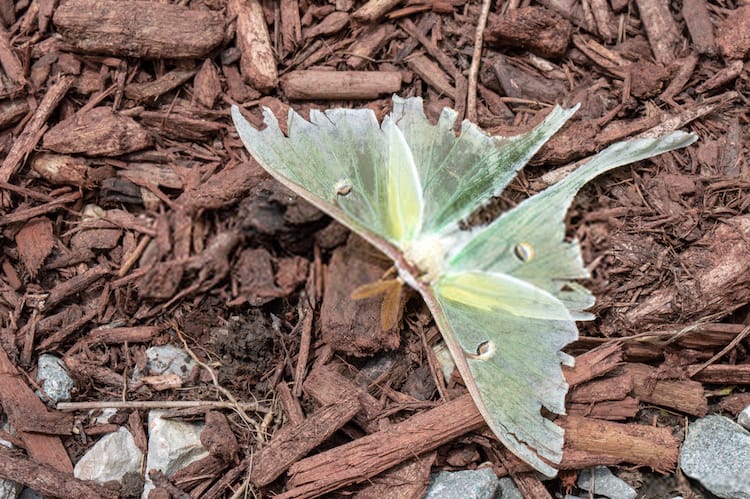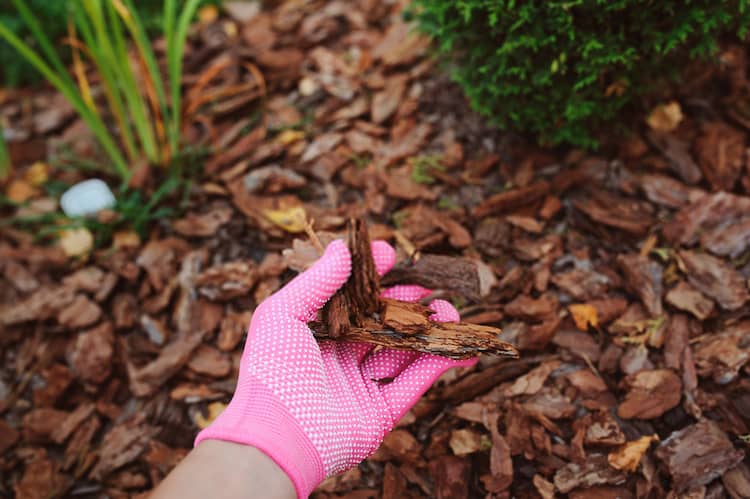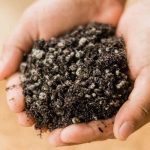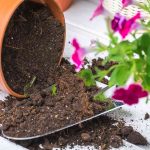It is a no-brainer to use a mulch to control weeds. Mulch has proven over time to be effective against weed, to retain moisture and maintain a constant temperature for soil.
But does mulch attract bugs and rodents? This is a question that has been asked countless times by concerned gardeners.
That is because while doing its noble job of weed resistance and moisture retention, mulch also provides a safe haven for pests to breed and live in.
Organic mulches are usually the culprits in such cases. Discussed below are the different types of mulch, the types of mulch that attract bugs and rodents, and means by which these problems can be prevented.
Read Also: How to Get Rid of Overgrown Bushes
Table of Contents
Types of Mulch
There are just two types or forms of mulch, which include:
- Organic mulch
- Inorganic mulch
Organic Mulch
Organic mulches are derived from natural sources such as leaves, tree barks, straw, nutshells, wood chips, pine needles, composts, etc.
Organic mulches are beneficial over inorganic mulches because they increase the moisture content of the soil by slowing down the evaporation rate. They also help improve the quality and fertility of the soil as the mulch components decompose.
Organic mulches are short-lived. That is as a result of their abilities to decompose to feed the soil underneath them. As a result, organic mulches require constant replacement as they decompose.
Although organic mulches decompose to nourish the soil and plant around it, this beneficial characteristic of it makes it a safe space for pests, bugs, and rodents. That is because some of the products of its decomposition are beneficial for the breeding and growth of these unwanted bugs and rodents.
Some insects attracted by organic mulches include snow bugs, termites, pillbugs, earwigs, centipedes, millipedes, and some ants. Sometimes cockroaches and rodents are attracted as well.
Read Also: Advantages of Mulching
Inorganic Mulch
Inorganic mulches are made from either natural or artificial sources. Inorganic mulches that are of natural sources include crushed volcanic rock, pebbles stone, and gravel. While the inorganic mulches that are of artificial sources such as plastic, solid sheets of fabric ground or pulverized tires.
Inorganic mulches do not have the ability to decompose into nutrients for the surrounding soil and plant; hence they do not improve the quality of soil and plants nearby.
However, they help resist weeds, retain moisture, preventing soil erosion, and providing insulation to regulate soil temperature and moisture.
Inorganic mulches are usually used for aesthetic landscaping. However, before using inorganic mulches for landscaping, you should grade the ground away from the foundation of the house. That would ensure that water would run off away from the building instead of toward it.
Inorganic mulches stand the test of time because they do not decompose nor decay. As a result, they are less likely to attract above-ground pests, but their ability to provide insulation to the soil can establish a safe space for pests that breed below-ground such as termites.
Does Mulch Attract Bugs and Rodents?
Mulches attract pests because of the resources they offer them. Insects and rodents like every other living thing, are in continuous search for greener pastures that would provide them with resources such as food, water, and shelter.
Interestingly, mulches provide these resources at a time. Mulches provide humid habitat because of their moisture retention abilities. They also provide limitless hiding spaces for these pests away from their predators.
Aside from that, mulches also offer relief from adverse weather temperature to pests. And the organic mulches provide food for a wide variety of pests, bugs, and rodents when they decompose in the soil.
Therefore these ideal living conditions provided by mulch make it an attractive place of abode for pests and rodents.
Types of Pest Resistant Mulch
As we have learned above, organic mulches provide an ideal condition for bugs and rodents to breed in because of their decomposition abilities. Also, some organic mulch like compost attracts bugs and rodents.
The following are mulches that are pest resistant:
Cedar or Cypress Mulch
Cedar or cypress tree is used to make a chip or bark mulch. Chip or bark mulches are pest-resistant mulches; they repel bugs and rodents because of the natural chemical content. Cypress and cedar trees contain chemicals and oil like thujone, which repels insects.
Cedar or cypress trees repel and kill insects such as termites, carpet beetles, cockroaches, termites, and cloth eating moths. Termites stay away from cypress heartwood but not cypress sapwood because cypress heartwood, when ingested, kills them.
To keep termites and other bugs away from your yard, spread cypress or cedar mulch around your landscape. Cedar and cypress woods last long as they are resistant to decay.
Plastic Mulch
Plastic mulches are made from polyethylene and appear in aluminum-coated transparent sheets. This type of mulch helps control bugs because they reflect the sunlight.
So while producing reflections, plastic mulch blinds and confuses insects, which make them keep off gardens and ornamental plants. Plastic mulches keep bugs like whiteflies, aphids, and leafhoppers away from gardens.
Straw and Cocoa Bean Shells
Straw and cocoa bean shell mulch are effective in keeping bugs like cucumber beetles from squash and cucumber plants.
Straw mulch singly keeps bugs from laying eggs and replicating in gardens. Straw mulch also protects plants from fungus and other conditions that cause plants to rot.
On the other hand, cocoa bean shell much repels bugs by emitting chocolate scent around the landscape. Control the amount of cocoa bean shell used, as too much of it, makes dogs sick.
Read Also: Dandelion Killers Reviews
How to Apply Mulch Without Attracting Bugs and Rodents
Having gone through the different types of mulches that attract bugs and rodents, let's now look at how to apply mulch without attracting bugs:
Use Less Mulch
Do not fall for the idea that a massive pile of mulch makes much difference. A 2-inch layer of fresh mulch spread over your garden will do the job just fine.
It will keep weeds away and retain moisture without attracting a large number of bugs and rodents. This 2-inch layer of fresh mulch also looks as beautiful as a massive pile of mulch.
Get Rid of Old Mulch
To keep bugs and rodents away from your yard, you should ensure to remove old mulch from the previous year before spreading a new layer.
Keep Mulch Away from the House
When laying mulch near your house, keep at least 6 inches of exposed soil between the house foundation and the mulch to create a drier environment against the home and make it less enticing to bugs and rodents.
Read Also: Best Mulch for Trees and Shrubs
Conclusion
So, does mulch attract bugs? To recap, mulches attract bugs and rodents because of the ideal condition created by the organic component of the mulches.
Organic mulches attract more bugs and rodents than inorganic mulches. However, compost mulches, which are types of organic mulches, also attract bugs and rodents.
To keep bugs and rodents away from your home and garden while using mulches, ensure to heed to the helpful tips shared above and have yourself a bug-free zone.







Leave a Reply